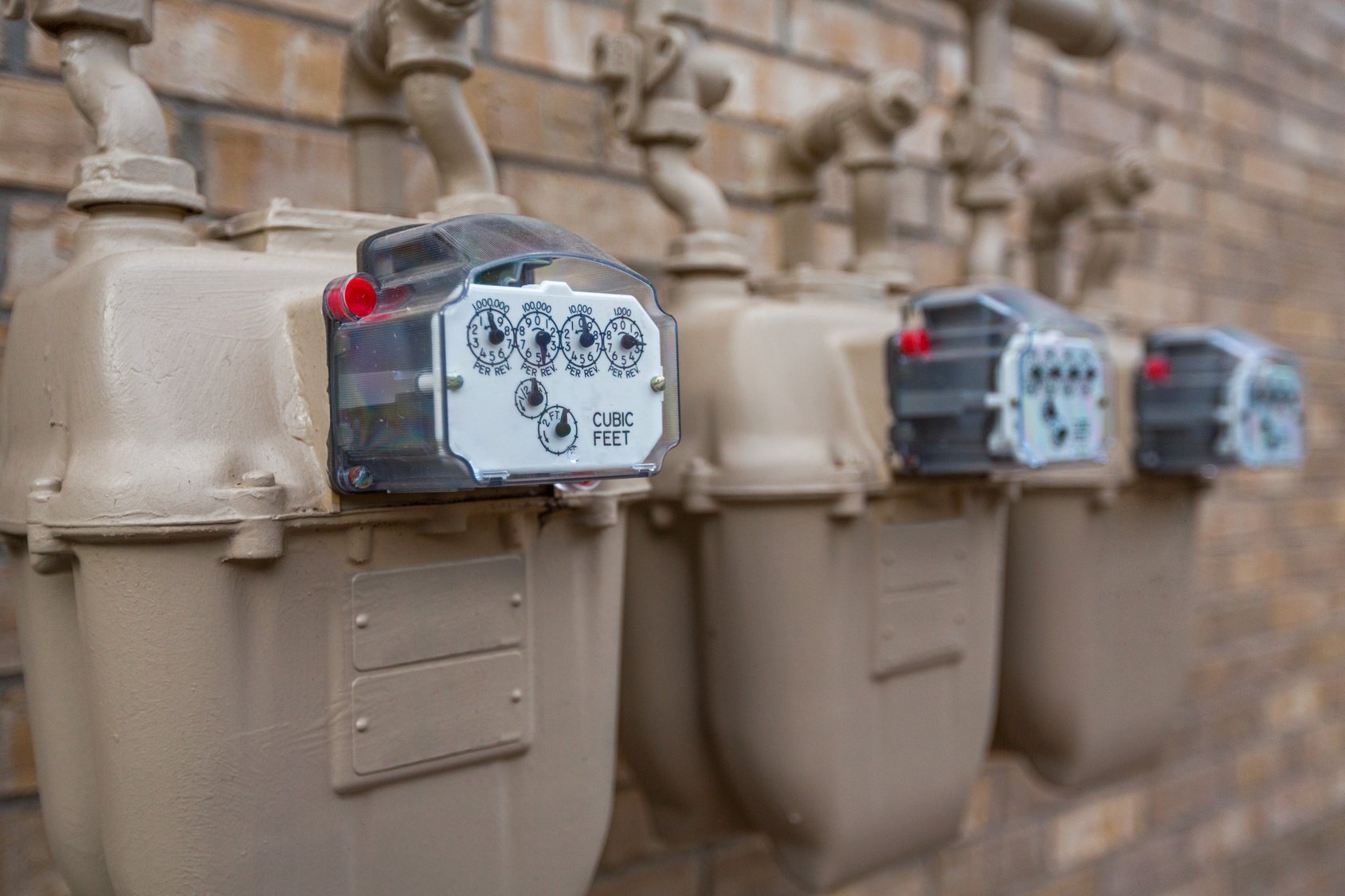Efficiency, in the technical sense, is a measure of the ratio of the work performed by a machine or in a process to the total energy or resources expended. In terms of the heating industry, efficiency is a term generally used to denote the value or effectiveness of a heating fuel or system based on the heat produced vs. the fuel expended. However, depending on how it is used in conversation or analysis, "efficiency" can sometimes turn into a very subjective term. In order to truly quantify the efficiency of oil or gas heat, we need to be more specific in our measurements and the way we discuss them.
Today, gas and oil heat can be described using three distinct definitions of "efficiency," but it's important to know how these measures differ from each other and why they may not always be the same, even for the same appliance or system. In this post, we'll explain the three types of fuel efficiencies that you should be aware of and describe why it's important to know the differences between them.
3 Main Types of Fuel Efficiency
- Annual Fuel Utilization Efficiency (AFUE): The first type of efficiency for oil or gas heat is the AFUE, which is an approximation of how efficiently a specific appliance can operate. When the AFUE of an appliance is high, this means that more heat energy is transferred per unit of fuel. The AFUE is measured on a scale of 30-100, based on the percentage of fuel that it can turn into usable heat. The AFUE is set for specific appliances based on how the manufacturer expects the appliance to function in ideal circumstances. In other words, it is the maximum possible efficiency for a given individual appliance on its own.
- System efficiency: In contrast to the AFUE, which measures only the efficiency of a single appliance at a time, measures of system efficiency take into consideration the performance of the entire system based on how it is designed. This type of efficiency is more difficult to define because system efficiency depends on a variety of factors and variables, including the boiler design and how it is installed. Any changes made to the heating system, including new appliance installations, equipment wearing down, environmental impact, and more, will ultimately impact the system efficiency. To boost system efficiency, it's important to match the size of the system and appliances to the heat load required by the home or facility.
- Steady-state combustion efficiency: Finally, the steady-state combustion efficiency is the efficiency measure the technician is most likely to communicate to the customer when installing the gas or oil burner. This efficiency measures how efficiently combustion gases are absorbed by the heat exchange once the furnace is warmed up and running steadily. Steady-state efficiency is impacted when the burner needs maintenance, as a simple burner tune-up can raise steady-state efficiency by as much as 2-4%. In general, electronic heating appliances have the highest steady-state efficiency levels because they can adjust to changes in the system to match the size of the load.

Why It's Important to Know the Difference
While each of these types of efficiencies may sound similar, they represent different approximations and measures of the heating system's performance. If customers do not understand the differences between each type of efficiency and which type is being discussed, therefore, they may misunderstand the true efficiency of their heating system. In particular, consumers often confuse the AFUE with the steady-state efficiency, but there is an important distinction to be made between them. While the AFUE is an ideal measure of appliance efficiency based on the manufacturer's request being met, it will almost certainly differ from the actual measured steady-state which depends on outside factors.
Just because an appliance comes with a high AFUE, however, this does not guarantee that the appliance is working to this level in reality, where the steady-state may be lower due to other variables. Additionally, if the consumer is using older equipment, their application may not perform to AFUE standards.
As an example consider a condensing boiler with a high AFUE. The AFUE rating is based on the system operating with temperatures that permit condensation of the flue gases. Optimum efficiency is possible when the system is updated to meet the design entering water temperatures, (EWT). When the emitters designed for high EWT or if the appliance is subjected to conditions that do not permit flue gas condensation the actual efficiency plummets. For these reasons, it's important to educate consumers on the differences between the different types of efficiencies and what numbers to look for when comparing appliances or scheduling maintenance or tune-ups.


